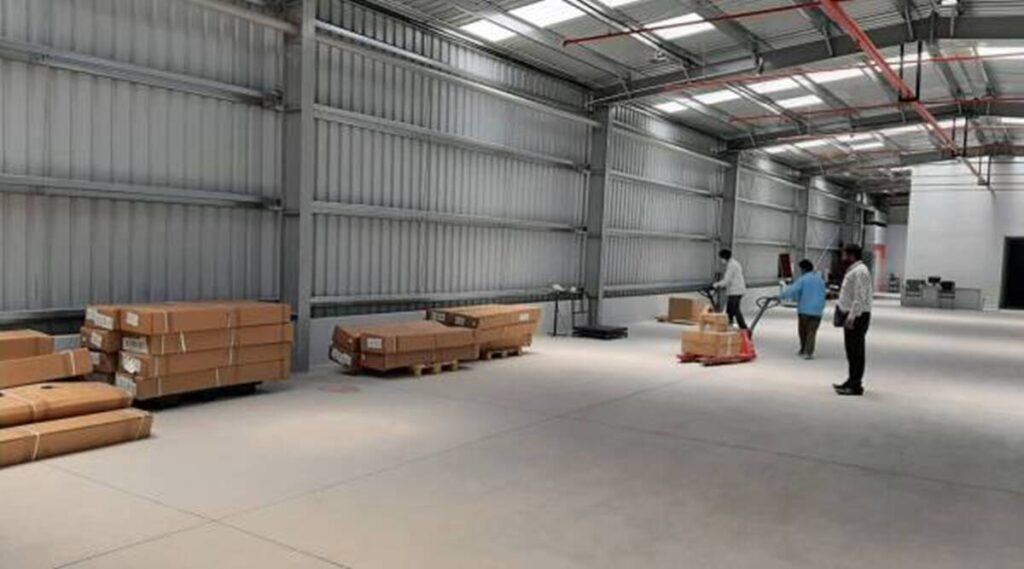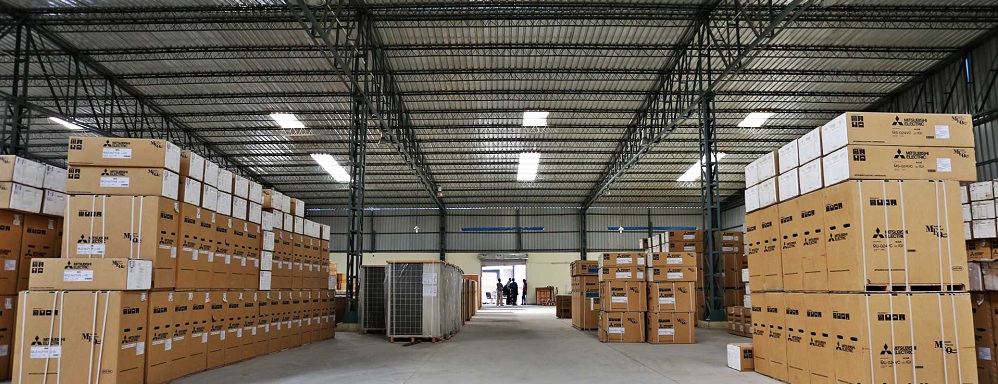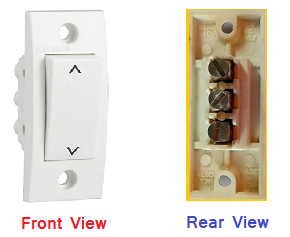Godown Wiring
Today In this world we are using large quantity of products in our day to day life, So there is huge demand of different products in bulk but one can’t manufacture products simultaneously. Now to satisfy the demand we have to keep the products ready in large godown or store rooms. Every one has watched once in a life below shown godown in their life.

These pictures shows ware house which we use to store large quantity of different types of products, Now here is the question How can one provide light arrangement for such large ware houses because these godowns are so large that if we can use simple lighting techniques which we use in complexes then large consumption of electricity would takes place which results in electricity wastage.

Since while working in godown if we switch on whole lighting system then all lights will glow which is wastage of energy as we only need the light in particular section where we have to work and not in whole warehouse, so this lighting technique is not energy efficient.
Solution
To tackle this situation we have to use godown wiring technique, by using this technique one can only lighten the particular section of godown where we have to work and the remaining section remains in dark which results to energy saving.
Series and Parallel Connections of Resistance
Godown Wiring
Godown wiring is a technique which we used in large ware houses for lighting purpose, In this technique we use two way switches as well as one way switch Now the question is what is one way switch and one is two way switch ?
So the answer to this question is one way switch has only two terminals while two way switch has three terminals one can easily differentiate between the by only watching their terminals you can also give a look to below pictures of one way and two way switches.


After watching these pictures you will learn about one way ans two way switches now the question rises how to use this now before these switches in godown wiring we have to learn about the combination of switches used so here is a simple thumb rule that if we have to use 10 number of bulbs in our godown then we have to use total 10 switches for 10 bulbs. out of 10 switches we have to use 9 two way switches and 1 one way switches. Similarly let’s take another example if we have to use 20 bulbs in godown then we have to use 19 two way switches and 1 one way switch, this is the way to use the combination.
Now another question is circuit diagram to be used to connect all these switches and bulbs in godown wiring so here is the answer below

The above circuit shows the godown wiring of total four bulbs which we are doing with the help of 3 two way switches and 1 one way switch as discussed in above paragraphs, Now one have to follow same circuit for any number of bulbs to be connected and easily do the godown lighting connections.
You can also watch video on godown wiring on the link below:-
Godown Wiring Video
I hope you like this article and learn a lot from this, for such kind of electrical related articles kindly follow my website and also my youtube channel Thanks.
Youtube Channel :- Electrical Stuff 4u

